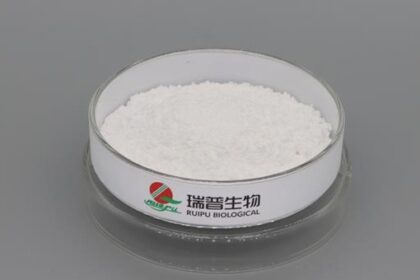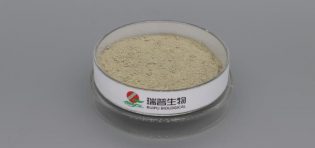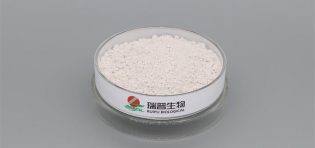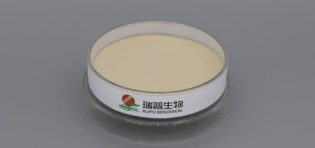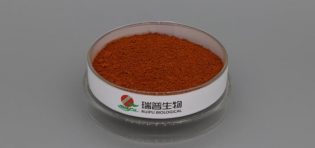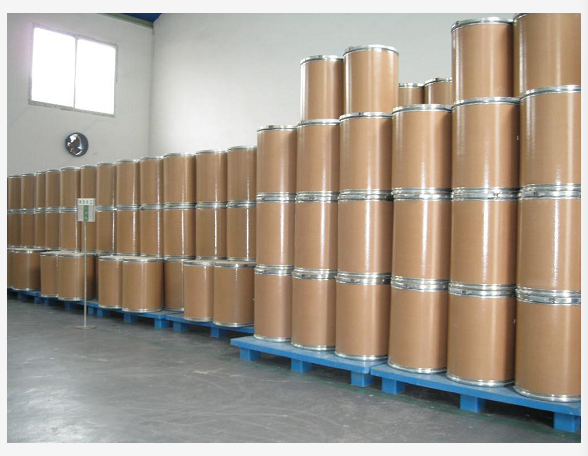
When storing vitamin premixes for extended periods, it is crucial to pay attention to the following key points to ensure their quality remains intact:
1.Appropriate Storage Temperature
·Low Temperature Storage: Vitamin premixes should be stored in low-temperature conditions, typically recommended between 15°C and 20°C, to avoid high temperatures. Vitamins have low melting points and are sensitive to heat, which accelerates their oxidation, decomposition, and degradation. Studies have shown that when the temperature is below 10°C, vitamin loss is minimal, while temperatures above 30°C can cause significant degradation of most vitamins.
·Avoid High Temperature and Humidity: High temperature and humidity conditions are particularly detrimental to vitamin stability. Therefore, vitamin premixes should not be stored under such conditions.
2. Humidity Control
·Keep Dry: Vitamin premixes are prone to absorbing moisture from the air during storage, which can lead to chemical reactions and a decline in potency. Therefore, it is essential to maintain a dry storage environment with relative humidity controlled between 55% and 68%.
·Sealed Packaging: Use sealed, moisture-resistant packaging; vacuum packaging is even more effective in preventing moisture ingress.
3. Light Protection
·Store Away from Light: Certain vitamins, such as vitamins A, D, and E, are easily oxidized and decomposed when exposed to light. Therefore, they should be stored in a light-protected environment, avoiding direct sunlight.
4. Short-Term Storage
·Use Promptly: It is best to use vitamin premixes within a short period, especially after opening the package. The remaining portion should be used as soon as possible and resealed for storage. Long-term storage may result in a decrease in vitamin potency.
5. Pay Attention to Compatibility
·Avoid Mixing with Certain Additives: Mineral additives, particularly copper, iron, and zinc, can adversely affect vitamin stability. Therefore, mineral additives and vitamin additives should not be stored together.
6. Choose Suitable Packaging Materials
·Inert Carriers: When selecting carriers, it is advisable to use carriers with strong, inert properties such as defatted rice bran, rice husk powder, or medical stone, to minimize the impact on vitamin stability.
·High-Quality Packaging: For high-concentration single-vitamin premixes, fiberboard boxes (tubes) with plastic liners are recommended. For premixes containing multiple vitamins, four-layer combination packaging made of three layers of kraft paper and one layer of plastic film should be used to ensure product preservation.
7. Regular Inspections
·Regular Inspections: Regularly check the storage conditions of vitamin premixes to ensure they meet standards, and monitor for any changes in the product’s appearance or odor. Any abnormalities should be addressed promptly.
Storing vitamin premixes for extended periods requires strict control over storage temperature, humidity, and light exposure, avoiding storage with substances that affect stability, selecting appropriate packaging materials, and conducting regular inspections to ensure the quality of the vitamin premixes is maintained.

